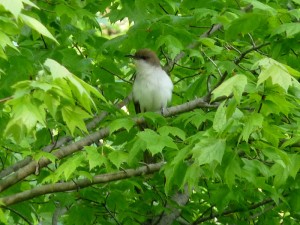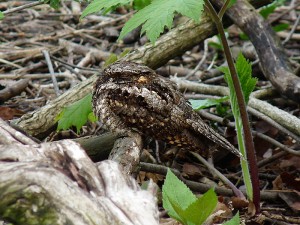I took the day off today, May 16, in anticipation of the south winds and expected bird bonanza at Montrose. I wasn’t disappointed. I’ve been birding Montrose for 35 years and I’ve had some great days there, but I can say that today was the best day I’ve ever had, and I can back that claim up with numbers. I ended up with 110 species in about 9 hours of birding (split over morning and afternoon visits), besting my previous personal high by 7 species. Passerines were the highlight, with good numbers of warblers, thrushes, and flycatchers. I also picked up several bonus birds that helped pad my total. My highlights include
Osprey – 1
Yellow-billed Cuckoo – 1
Red-headed Woodpecker – 1
Alder Flycatcher – 3
Willow Flycatcher – 2
Blue-headed Vireo – 1
Philadelphia Vireo – 2
Red-breasted Nuthatch – 1
Eastern Bluebird – 2
Veery – 8
Gray-cheeked Thrush – 6
Swainson’s Thrush – 20
Wood Thrush – 1
Northern Mockingbird – 1
American Pipit – 1
26 species of warblers, including
Orange-crowned Warbler – 1
Connecticut Warbler – 2
Mourning Warbler – 2
Hooded Warbler – 2
Northern Parula – 1
Bay-breasted Warbler – 10
Blackburnian Warbler – 5
Black-throated Blue Warbler – 1
Canada Warbler – 4
Dickcissel – 1
Bobolink – 1
According to eBird, 128 species total were seen at Montrose today, which I’m guessing is a single day high count for us. Yes, it was that good. Link to my eBird checklist below.
eBird Checklist
http://ebird.org/ebird/view/checklist/S36908718


